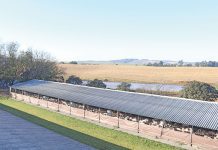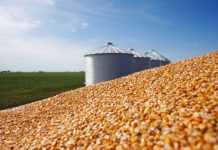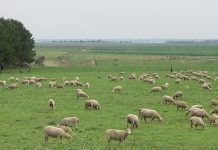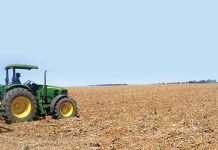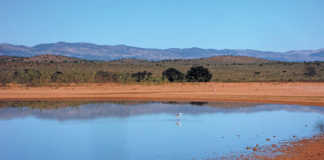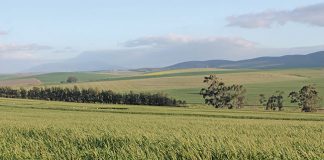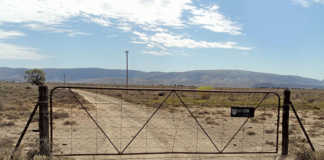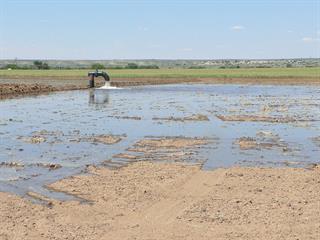
Many emerging farmers don’t have access to electricity or sufficient finance when starting up to buy sprinklers or drip irrigation and so they have to use flood irrigation. But that doesn’t mean it’s an inferior system. For many years, I practiced flood irrigation on about 100ha and harvested up to 150t/ha of cabbage.
There are two basic forms of flood irrigation – furrows and beds. On a slope, you must use furrows as too much soil has to be moved to level the ground. Where you can use either of the two systems, the type of crop will determine your final choice. For example, beds are better for carrots and beets.
The length of each bed or furrow in flood irrigation is tricky. The length must suit the soil type. The more porous the soil, the shorter the beds or furrows need to be. They can be much longer with clay soils. In porous soil, you need a shorter bed or else you could over-irrigate the first section before water reaches the end of the bed or furrow.
How much water you release is important. A trickle of water could get “trapped” in the first section, whereas a greater amount of water will race over the first section and reach the end. At this point you can cut off the flow and you won’t have an over-irrigated entrance area. In heavy soils (clay), beds and furrows can be longer, as it takes time for water to seep into the soil. Slope is also important – where the soil is quite level, you can allow the correct amount of water in, close it off and let it soak in at its own pace.
It takes skill and experience to get it right. You may find that the beds are uniformly wet with the first irrigation – but be careful! On a soil that tends to crust, water will rush over the surface, and accumulate at the end where there’s some slope. Where this happens, allow less water into the area so that it can seep in before reaching the end.
Water is led into the beds or furrows by cross-furrows and you usually use a heavy hessian bag folded over a stick the width of the bag. A wire handle is made for convenient moving. Dragged along the furrow, the bag dams up the water so that you can open the entrance to the furrows or beds with a hoe or spade to allow water to enter.
You can also allow water to flow into many furrows at one time depending on the volume of water in the irrigation furrow. How many furrows you open at any one time will also depend on the slope of the irrigated area and how porous the soil is. Often you have to close off the water when it’s still a distance from the end of the bed or furrow or else there will be too much water at the end.
You can use a thin round bar to probe the irrigated soil the next day to see how deep the soil has been wet. The probe will move easily in wet soil, but will “slow down” when it reaches dry soil. The wetting depth will depend on the crop being grown.
Usually, about 30cm to 40cm of wet soil is enough, but root crops, such as carrots, prefer deeper wetting.

